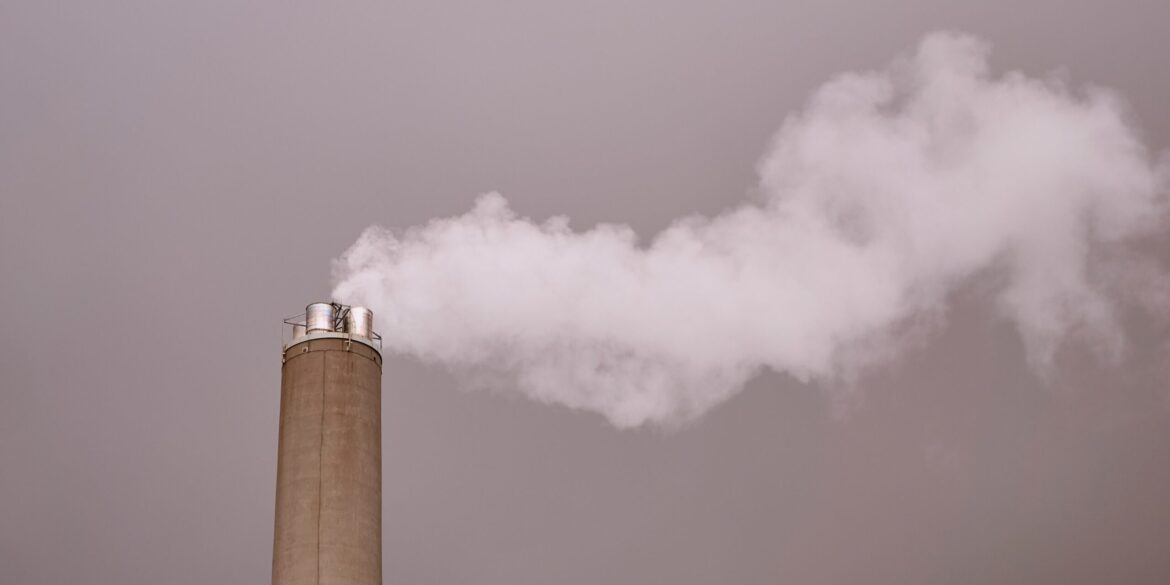The U.S. Supreme Court recently issued a landmark ruling that has sparked widespread debate on its potential long-term effects on environmental protection efforts. In a split decision, the Court ruled in favor of a challenge to the Environmental Protection Agency’s (EPA) authority to regulate carbon emissions from power plants, a move that significantly reshapes how the U.S. will address climate change at the federal level. The decision has left both environmental advocates and industry leaders grappling with its implications, particularly regarding future efforts to combat global warming.
The ruling places substantial power in the hands of individual states to regulate carbon emissions, allowing each state to set its own standards for environmental protection. This decision marks a pivotal shift away from the federal government’s more centralized approach to regulating greenhouse gases, which had been a cornerstone of the EPA’s efforts to curb pollution and mitigate climate change. The case was closely watched by energy industry groups and lawmakers, as it has the potential to alter the way carbon emissions are controlled in the U.S.
Supporters of the ruling, including many Republicans and energy industry representatives, have hailed the decision as a win for local control and states’ rights. They argue that states should be empowered to determine their own environmental standards based on their unique economic conditions and priorities. “This ruling gives states the flexibility to regulate emissions in a way that makes the most sense for their economies,” said Senator John Barrasso, a staunch opponent of federal overreach. “It ensures that states, not Washington, can craft solutions that work for their communities.”
Energy industry groups also see the ruling as a victory, as it limits the federal government’s ability to impose broad, nationwide regulations that could potentially hinder economic growth. They contend that local and regional approaches to addressing emissions are more effective, as they account for the specific energy needs and economic realities of different states. Supporters of the decision argue that it could lead to more tailored, efficient solutions for reducing carbon emissions, without the need for one-size-fits-all regulations.
However, the ruling has drawn sharp criticism from environmental groups and Democratic lawmakers, who warn that it undermines the federal government’s ability to effectively tackle climate change. Advocates for stronger climate action argue that the decision will make it much harder to implement coordinated, nationwide efforts to reduce carbon emissions and combat global warming. Without the EPA’s ability to regulate emissions at the federal level, they argue, states may struggle to meet ambitious climate goals, particularly as some states may choose not to prioritize environmental protection.
“Climate change is a national crisis, and it requires a national response,” said Senator Chuck Schumer, the Senate Majority Leader. “This ruling weakens our ability to address the climate emergency and puts us further behind in the global effort to reduce emissions and protect future generations.”
Environmental groups fear that this decision will lead to a patchwork of state-level policies that are insufficient to tackle the scope of the climate crisis. States with weaker environmental regulations may be less inclined to take aggressive action on emissions, undermining the progress made by states with more ambitious climate goals. “This ruling threatens to unravel the progress we’ve made in reducing carbon pollution,” said Gina McCarthy, former EPA administrator under President Obama. “Without clear federal guidelines, we risk falling further behind in the global fight against climate change.”
The decision has sparked a larger debate about the balance of power between state and federal authority in environmental policymaking. Proponents of stronger federal regulations argue that climate change is a global issue that requires unified, nationwide efforts, especially in the face of international commitments to reduce greenhouse gas emissions. Critics, however, contend that local control allows for more effective, context-specific solutions, and that states should be allowed to make decisions that best serve their individual circumstances.
This ruling raises significant questions about the future of U.S. climate policy and whether the country can meet its climate goals without comprehensive federal action. While some states may continue to pursue aggressive climate initiatives, others may choose to roll back their environmental protections, further complicating efforts to address the climate crisis.
The Supreme Court’s decision is likely to set the stage for future legal battles over the federal government’s role in environmental regulation. With the Biden administration prioritizing climate action, the ruling could lead to a reevaluation of the federal approach to environmental protections, potentially paving the way for new legislative efforts to reassert federal authority over climate policy.
As the debate over the ruling continues, one thing is clear: the balance of power between state and federal governments in addressing climate change will be a central issue in U.S. environmental policy for years to come.

